On 1 November, Italy is tinged with the warm colours of autumn and comes together to celebrate one of the country's most heartfelt and traditional festivals: Ognissanti - The Italian Halloween.
Ognissanti is an ancient ritual of Christian origin that commemorates all the saints of our religion. The history of this feast evolves between the sacred and the profane and the rituals associated with it are many and vary from region to region. One of the most widespread customs is a visit to cemeteries, where graves are adorned with flowers, especially chrysanthemums, and candles are lit. In many places, processions and solemn masses are organised in honour of the saints.
The roots of this feast date back to 609 AD, when Pope Boniface IV consecrated the Pantheon in Rome as a church in honour of Mary and all the martyrs. Over the centuries, the feast spread throughout Europe and was enriched with different meanings and customs in different regions.
What is celebrated on Ognissanti ? Ognissanti is a time to reflect on life, death and spirituality. The communion of saints is celebrated, that is, the participation of all believers in the life of the Church triumphant in heaven. It is also an occasion to honour deceased loved ones and strengthen family ties.
What to eat? Ognissanti is also an opportunity to enjoy the typical sweets of the season. In many regions, people prepare ‘bones of the dead’, bone-shaped biscuits covered in sugar, and ‘sweetbreads’, sweets made with almonds and honey. In some areas, hot soups are also prepared to warm up the autumn days.
In recent years, Ognissanti has become intertwined with Halloween celebrations originating in Anglo-Saxon countries, mixing the sacred with the profane.
However, in Italy, the religious and family dimension of the festivity still prevails. Ognissanti is a time to rediscover one's roots, strengthen ties with the community and celebrate life in all its forms.

The history of the tradition of Ognissanti
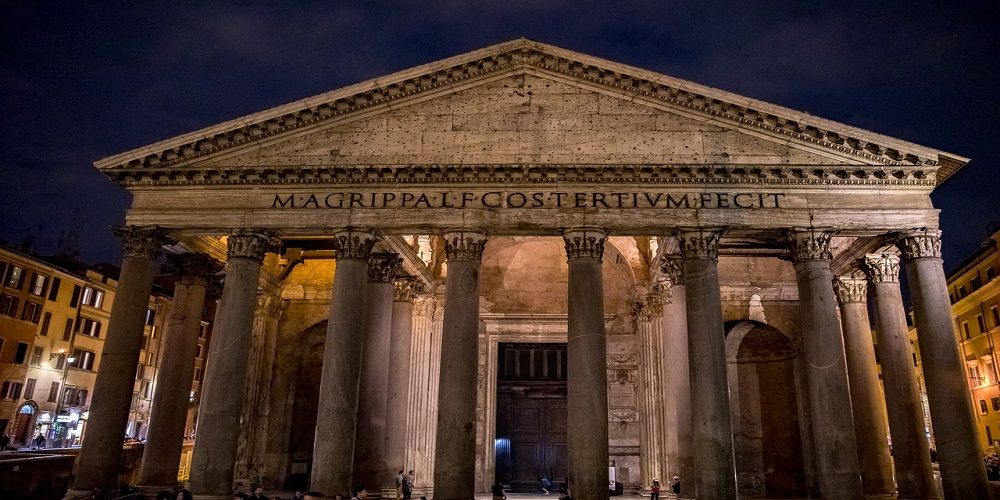
The earliest traces of this celebration date back to the 4th century a.C when the anniversary was held in the spring (and not in the fall as in our days). As the name of the celebration says, the purpose was to remember the main saints of Christianity. Let's not forget that in the Christian calendar every day is dedicated to a saint or martyr of this religion; on the first of November, they are all celebrated.
It seems that the recurrence derives from the Roman festival commemorating the transformation of the Pantheon into a church dedicated to the Virgin and all the martyrs. Later, Pope Gregory III in the eighth century AD chose this date to consecrate a chapel in St. Peter's to the relics "of the holy apostles and all the saints, martyrs and confessors."
Some studies link Ognissanti to the Celtic feast of "Samhain", the Celtic New Year from which Halloween originated. It is no coincidence that the next day, November 2, in Italy we celebrate the feast of the dead, the Day of the Dead.
Fast-track entry to the Pantheon in RomeThe main traditions region by region
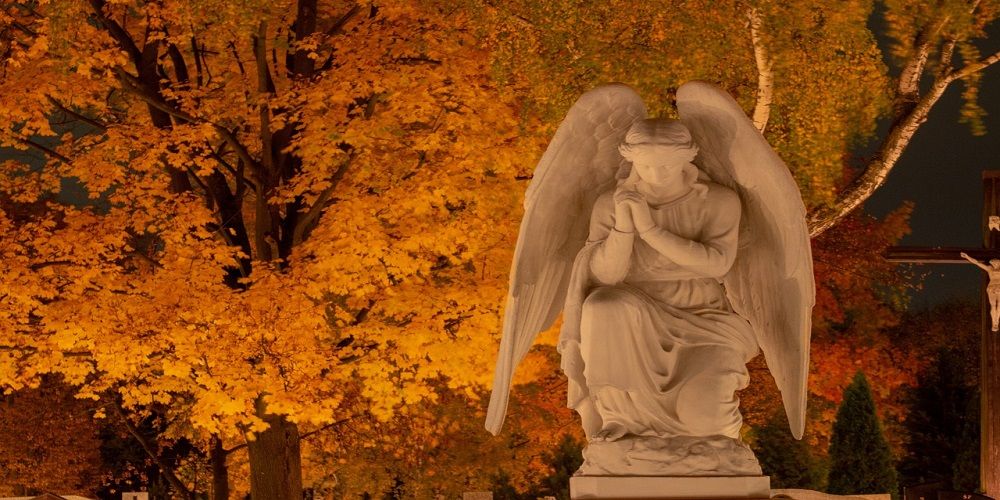
The Ognissanti Day is particularly felt throughout Italy. During the recurrence, the first Christians wandered around the villages asking for a sweet called "soul bread", reciprocating with prayers addressed to the deceased of the donor. Still today, in every region, there are celebrations and traditions that date back even to the Middle Ages. Most of these rituals take place in the night between November 1 and 2 when the world of the living reunites with the world of the dead.
In Sicily, for example, it is believed that during the night of Ognissanti the dead bring sweets or gifts to children who have behaved well. In Basilicata, precisely in Matera, the tradition is that on November 1st the dead come down to the city from the hills of the cemetery holding a lighted candle in their right hand and that on November 2nd the women repeat the funeral cry on the graves.
In Sardinia the tradition of Ognissanti has several names: Is Panixeddas, Is Animeddas, Su mortu su mortu or even Su Prugadoriu when children go from house to house and ask for an offering for the dead. In Campania, in working class neighborhoods, people used to go around with a cardboard box in the shape of a coffin, called "u tavutiello".
In Rome people used to eat a meal near the grave of a dear dead person, to keep him/her company, whereas in Abruzzo and Trentino it is still a tradition to carve pumpkins and put a candle inside them to use them as lanterns. In Tuscany, during this festivity, children wear necklaces made of apples and roasted chestnuts.
In Val d'Aosta, on the night of Ognissanti , people keep vigil in front of the fires and leave food for the dead on the table. In Piedmont, in Val D'Ossola, once upon a time it was customary to leave the houses after having dinner in order to be occupied by the visiting dead, whereas in many areas of Lombardy there is still the tradition of leaving a vase full of water in the kitchen of the house in order to quench the thirst of the visiting dead during the night.
In Emilia Romagna, in ancient times, poor people went from house to house asking for “carità di murt” (charity), receiving food from the people they asked for help.
At the windows of the houses in Friuli Venezia Giulia a lighted candle, a basin of water and a piece of bread are kept at the disposal of the dead.
Finally, in Trentino Alto Adige, the bells of the churches are rung to call the souls of the dead and a table is left for them to eat.
Ognissanti Day: Typical recipes and traditional dishes
Every Italian region has its typical sweet of the dead: from the "ossa dei morti"(dead's bones) of Lombardy (cookies with almonds and hazelnuts), to the "colva" of Puglia (made of wheat, pomegranate, chocolate and walnuts), to the "stinchetti dei morti" of Umbria, to the "fave da morto" of Emilia and Lazio.
In Sicily there are Martorana sweets, made of almond paste; "lu scacciu" (a mixture of dried fruits made of toasted chickpeas, toasted pumpkin seeds, peanuts, toasted hazelnuts, pistachios); Tetù (covered with powdered sugar and brown ones covered with cocoa) and li "ossa ri muortu" ("dead man's bones", small sweets made of "honey dough" covered with white icing, hard as bones).
In Trentino the same pumpkins used to make lanterns are turned into delicious risottos whereas in Liguria, on the day of the dead, they prepare "bacilli" (dried broad beans) and "balletti" (boiled chestnuts). In Molise the main dish is "sagne e jierv", white noodles seasoned with savoy cabbage.
In Umbria, Marche, Emilia-Romagna, Lazio and Lombardy, it is customary to eat the "Fave dei Morti", these tasty almond pastries similar to macaroons; in Veneto, lovers, to remove the melancholy, give their loved ones a bag of "Favette dei morti", as a pledge of eternal love.
In Umbria they are called "Stinchetti dei Morti" and they are eaten to try to alleviate the sadness for the loved ones who are not there anymore.
These sweets have different variants: crunchy or soft, with cocoa or vanilla, they are among the most typical sweets eaten in these days.
Lastly, "Torrone dei morti" (nougat of the dead) is a typical sweet prepared in Naples: it is a soft nougat made of chocolate with a shape which, not by chance, recalls a coffin.
Ognissanti is one of our country's most important religious and cultural traditions. The celebrations, each with its own identity, reflect the folklore of the various regions, providing a glimpse into our history and the customs of our ancestors.
Ognissanti Day Nougat
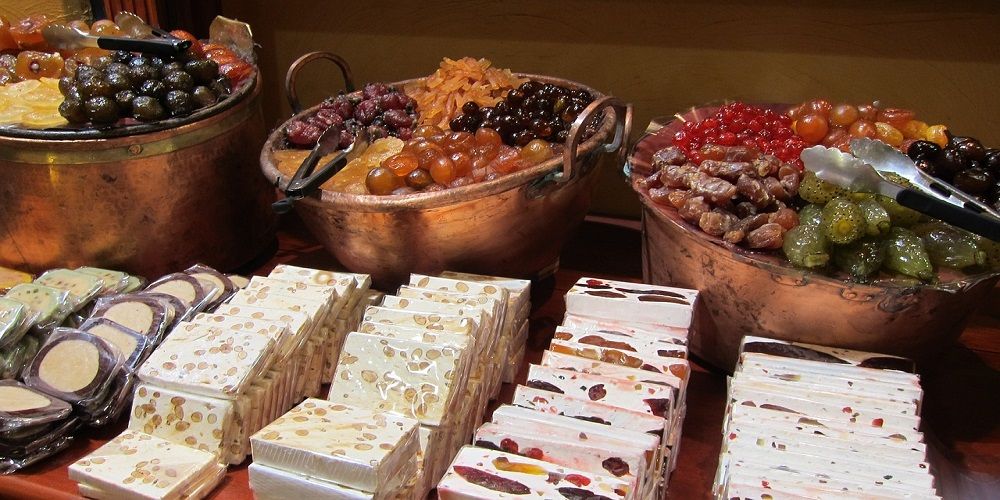
Torrone di Ognissanti (All Saints' Day nougat) is a traditional sweet from Campania, symbolising the festivities of the dead. Ognissanti nougat is a confectionery speciality that has its roots in popular culture in Campania. Prepared with chocolate, hazelnuts and often enriched with other ingredients such as honey or candied fruit, this soft and mouth-watering dessert is traditionally offered on the occasion of the commemoration of the dead.
Its preparation, which involves the whole family, is a ritual that is repeated from generation to generation, thus handing down an ancient and meaningful tradition. In addition to the classic dark chocolate flavour, numerous variations are now available on the market, from white nougat, almond nougat, dark chocolate nougat, pistachio nougat, to more original flavours such as coffee or lemon nougat, thus satisfying the most demanding palates.
The term ‘nougat’ has uncertain and debated origins, but there are several theories on the etymology of this word:
- Arabic derivation: One of the most accepted theories traces the term ‘nougat’ back to the Arabic word ‘turun’, meaning ‘sugar’. This theory is based on the fact that nougat production, like sugar processing, has oriental origins and spread to Europe through the Arabs.
- Latin derivation: Another theory links the term ‘torrone’ to the Latin ‘torrere’, meaning ‘to roast’. This hypothesis refers to the process of roasting the almonds and other ingredients that make up nougat, an essential step in the production of this sweet.
- Shape reference: The elongated, rectangular shape of torrone is reminiscent of a small coffin, which is why in some regions it is also called ‘murticciello’, meaning ‘little dead man’ in Neapolitan.
- Symbolism: Nougat, like other sweets offered on the occasion of the commemoration of the dead, is a tribute to departed loved ones and a way to ‘cheer’ their journey into the afterlife.
Ognissanti: a holiday between summer and Christmas
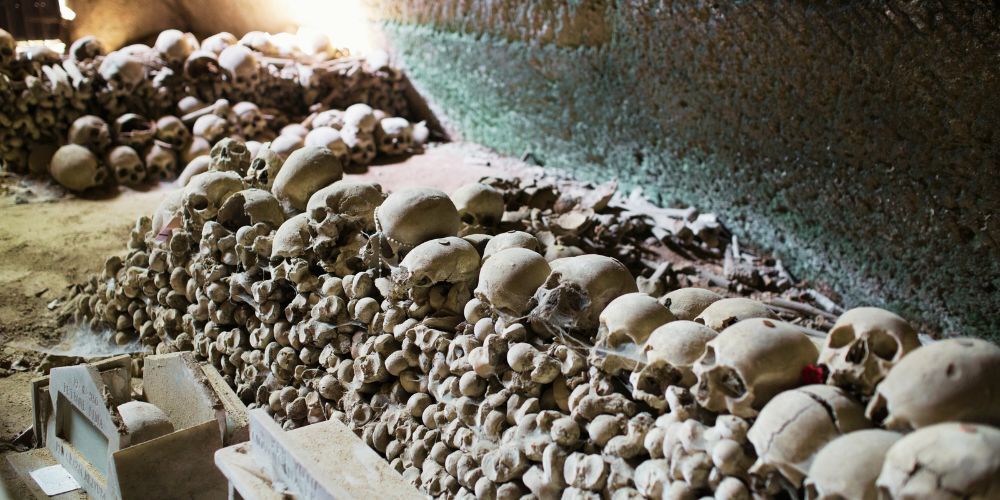
The first of November marks the beginning of a transition period, a bridge between the summer coming to an end and the Christmas atmosphere approaching. From 31 October, the holiday of Halloween, a pagan festival but now celebrated all over the world, until 2 November, the Day of the Dead, there are no working days. This long weekend represents a unique opportunity to unplug from the daily routine and treat oneself to a moment of relaxation and recreation, perhaps by taking a nice holiday.
Amidst the leaves changing colour and the first lights of autumn, Ognissanti offers a charming and inviting atmosphere, perfect for exploring new places, immersing oneself in nature or simply enjoying the company of loved ones.
The bridge this year falls between Friday and Sunday, which means that for those who can, it will be a long weekend from Friday 1 November to Sunday 3 November, with 3 full days available to enjoy some relaxation in between the summer and Christmas holidays. If you still have no ideas on how to spend Ognissanti here are some tips and ideas for Ognissanti.
Take your time and decide where to spend your Ognissanti weekend, perhaps among some of Italy's great cities such as Venice, Florence, Rome or Naples, or choose the location that suits you!
If you want to make the most of your time in the city, take advantage of our Passes, which are available in different versions according to the length of your stay and give you access to over 100 attractions, unlimited travel on public transport, queue-jumping, timetable flexibility, all included in a single ticket.
All Saints' Day with the perfect pass for youAbout the author
Written on 14/10/2021


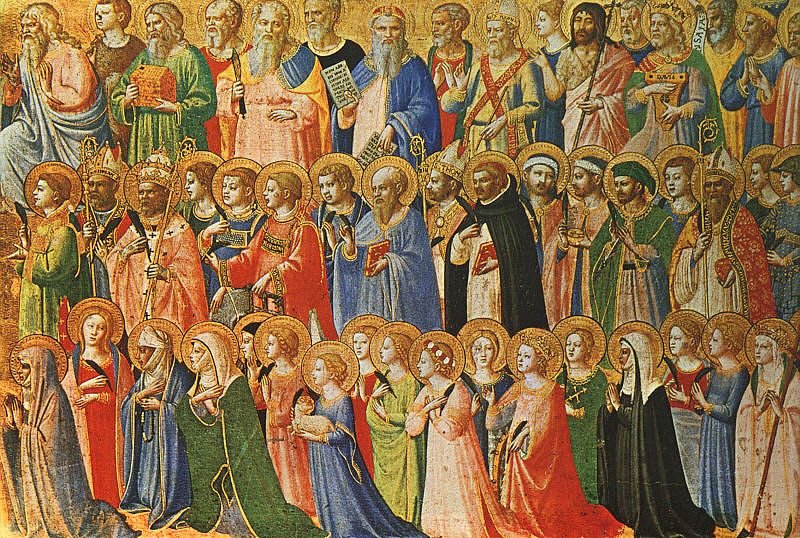
Maria Luisa Ancona
Ognissanti is celebrated on 1 November in Italy. Between faith and folklore, discover the customs and sweets typical of this festivity.